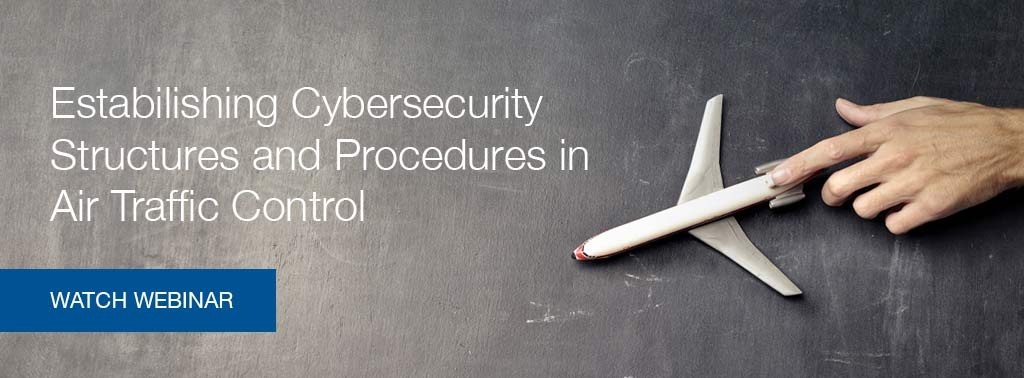Aviation is dependent on several components, including guidance and navigation tools, onboard systems, software updates, network components, access points, and log file analytics. Functioning both on the ground and in the air, aviation is classed as a critical infrastructure.
The majority of aviation accidents tend to occur during takeoff and landing, where airplanes are most susceptible to various forces, both human and natural. These forces affect the intricate process of getting an aircraft, loaded with fuel, passengers, and cargo, safely into the air. Factors like wind speed, timing errors, or reduced visibility can all pose challenges during these critical phases of a flight.
Air Traffic Management is a data-rich process that aggregates and controls vast amounts of decentralized data. This makes it a prime target for cyberattacks.
Solution: Public Key Infrastructure and Digital Certificates
To ensure safe air travel during takeoff and final approach, airline pilots rely on crucial data. This data is collected by sensors, transmitted through cockpit displays, and shared with air traffic control personnel. This vital information is transmitted worldwide through aircraft IoT sensors, which are secured using PKI (Public Key Infrastructure).
PKI uses digital certificates for authentication, integrity, and encryption - they validate and cipher information. PKI is a technical security infrastructure that permits secure access to computer systems and secure communication. The PKI infrastructure makes it possible to issue, distribute, and authenticate digital certificates and therefore to securely administer the public keys of the individual subscribers – hence the name Public Key Infrastructure (PKI).
PKI serves as a fundamental cornerstone and provides a robust framework to uphold communication security, maintain data integrity, and verify identities. The public key serves the purpose of encrypting data, and only the corresponding private key possesses the capability to decrypt it. This mechanism guarantees that solely authorized entities have access to the information exchanged between aircraft and control hubs, effectively preventing any attempts at unauthorized interception or data manipulation.
IoT Defence
PKI safeguards IoT (endpoints and devices) through a process of mutual authentication. Every device possesses a unique digital certificate, enabling it to verify its identity. When these devices communicate with each other, they share their certificates to validate their authenticity. Encrypted communication ensures that, even in the event of data interception by an unauthorized party, deciphering the data remains impossible without access to the corresponding private key.
System Protection
SUR, NAV and COM systems play a crucial role in ensuring aviation safety. PKI enhances radar security by verifying the integrity of decentral SUR/NAV/COM devices and encrypting data transmitted between remote systems and control hubs. This serves as a deterrent against potential threats from malicious actors seeking to inject false data or disrupt radar signals, ultimately preserving the accuracy and reliability of air traffic management.
Enhancing security measures presents certain difficulties and often necessitates enhanced collaboration among different departments within an organization. For instance, although flight operations or maintenance engineering departments may utilize the data, safeguarding that data might fall under the remit of the IT/infrastructure departments.
|
Security in the Sky Speak with the SkyRadar team about solutions that will help your company withstand the growing threat of cyberattacks in the aviation sector. Further reading: |




